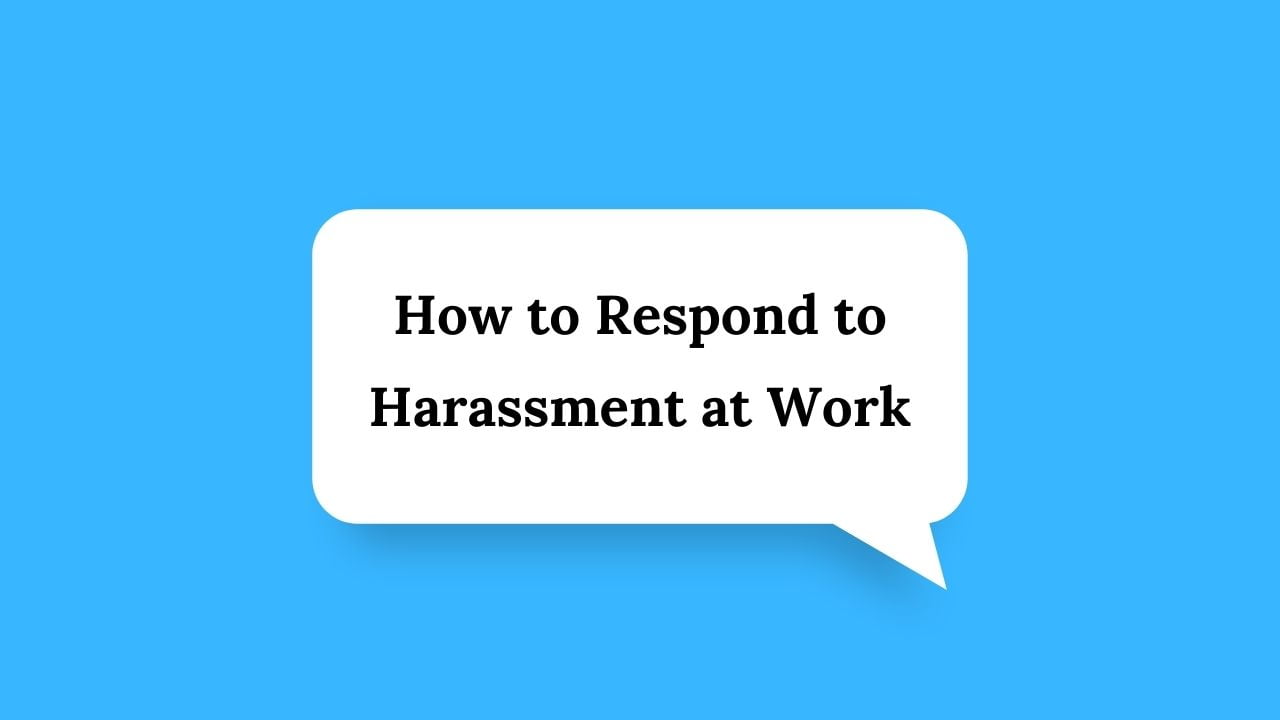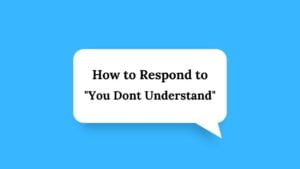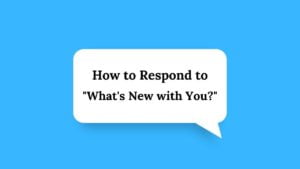Navigating the tricky waters of workplace harassment can be daunting. However, being well-versed in responding to such issues effectively can make a significant difference.
In this post, we’ll explore the most effective ways to answer harassment at work. But before we go through into our list of responses, let’s take a moment to understand what workplace harassment entails.
What does it mean when someone experiences harassment at work?
Workplace harassment can take various forms, and understanding its nature and implications is the first step towards addressing it. Let’s delve into the reasons why harassment happens at work.
Power Dynamics
Sometimes, individuals in positions of power may misuse their authority, leading to harassment. This can manifest as bullying, inappropriate comments, or even discriminatory practices.
Discrimination
Harassment could be a form of discrimination based on gender, race, religion, age, sexual orientation, or other personal characteristics protected by law. It often stems from prejudice and stereotypes.
Culture of Silence
In workplaces where open communication isn’t encouraged, harassment may worsen due to the fear of retaliation or lack of redressal mechanisms.
Lack of Awareness
Some individuals might not realize that their actions constitute harassment, often due to a lack of awareness about what constitutes appropriate behavior in a professional setting.
Toxic Work Environment
A toxic work environment that encourages aggressive competition or lacks respect for individual boundaries can be a breeding ground for harassment.
25 Best Responses to Harassment at Work
Now that we’ve explored the potential reasons behind workplace harassment, let’s delve into how to respond effectively. The key to these responses is assertiveness, clarity, and seeking help when necessary.
1. Direct Communication: “Your actions/comments make me uncomfortable.”
A clear, direct statement can often be the first step in addressing harassment. It asserts your discomfort and requests the person to stop their inappropriate behavior.
2. Legal Action: “I will involve my attorney if this harassment continues.”
This is a serious step and should be taken when all other responses have failed, and the harassment continues. It shows the harasser that you are prepared to take legal action to protect your rights.
3. Assertive Response: “I don’t appreciate that comment. Let’s keep our conversation professional.”
This reply sends a clear message that their behavior is inappropriate and not appreciated.
4. Documenting Incidents: “I’m taking note of this incident and the details surrounding it.”
Inform the harasser that you are keeping records of each incident. This documentation can be essential if you need to report the harassment.
5. Non-Verbal Cues: Walk away or show disapproval through your body language.
Sometimes, your actions can send a strong message. If you feel safe to do so, walking away or showing disapproval non-verbally can indicate your discomfort.
6. Peer Support: “My colleagues also find your behavior inappropriate.”
Showing that others also disapprove of the harasser’s behavior can amplify your voice and make it clear that their actions are unacceptable.
7. Escalation to Supervisor: “I will report this to my supervisor if it continues.”
Let the harasser know you’re willing to take this issue to higher authorities if necessary.
8. Request for Mediation: “I think we need a third-party mediator to resolve this.”
If direct communication doesn’t work, suggesting mediation could be the next step.
9. Reporting to Human Resources: “I’m going to bring this issue up with our HR department.”
Involving HR sends a clear message that you take the harassment seriously and are prepared to escalate the issue.
10. Seeking Colleague’s Intervention: “Can you step in when you notice this behavior?”
Asking trusted colleagues to intervene can provide extra support and make you feel safer.
11. Setting Boundaries: “I need you to respect my personal boundaries.”
Clearly define your boundaries to the harasser, making it clear what you consider inappropriate.
12. Professional Counsel: “I’m seeking advice from a professional counselor regarding this.”
Consulting a counselor can offer additional strategies to deal with the situation and show the harasser that you’re seeking professional advice.
13. Company’s Ethics Hotline: “I am going to report this to the company’s ethics hotline.”
Many companies have an ethics hotline for employees to report misconduct. Letting the harasser know about this can deter them from continuing their inappropriate behavior.
14. Involve Union Representative: “I will bring this up with our union representative.”
If you’re part of a union, your representative can provide additional support and resources to address harassment.
15. Legal Consultation: “I am considering discussing this with a lawyer.”
This response indicates that you’re considering legal action, which can serve as a strong deterrent to the harasser.
16. Public Exposure: “If this doesn’t stop, I’m prepared to make this public.”
While this approach should be used carefully, it can be effective in some situations, particularly when other measures have failed.
Also Read
17. Collective Action: “Several of us are facing this, and we’re prepared to act together.”
Strength in numbers can be very effective. If others are experiencing the same issues, consider taking collective action.
18. Official Complaint: “I’m filing an official complaint.”
Filing a formal complaint is a serious step and demonstrates your determination to stop the harassment.
19. Safety Measures: “I’ve taken steps to ensure my safety.”
This can involve informing security, changing your routines, or even involving law enforcement if necessary.
20. Involving a Mentor: “I will discuss this with my mentor for advice.”
A trusted mentor can provide valuable advice and support in challenging situations.
21. Mental Health Resources: “I’m utilizing our workplace mental health resources.”
This can involve counseling or stress management resources provided by your workplace, helping you cope better.
22. Self-Care: “I am focusing on self-care to manage this situation.”
Self-care is crucial in stressful situations. Show the harasser that you’re taking care of your mental and physical health, which can boost your resilience.
23. Assertiveness Training: “I am undergoing assertiveness training.”
This response signals to the harasser that you’re actively building skills to combat harassment.
24. Training Request: “I think we could all benefit from workplace etiquette training.”
This suggestion highlights a systemic issue and proposes a solution that can benefit everyone in the workplace.
25. Reassignment Request: “I would like to request a reassignment.”
In some cases, asking for a change in department, role, or even location can be an effective way to escape a toxic situation.
In conclusion, harassment at work can stem from power dynamics, discrimination, a culture of silence, lack of awareness, or a toxic work environment. Addressing harassment requires courage and assertiveness.
Remember, your well-being and dignity at the workplace are paramount. Should you find yourself a victim of harassment, do not hesitate to stand up for yourself, and seek assistance when necessary.
The list of responses provided here are not exhaustive, but they offer a starting point for addressing such unwelcome situations. Always prioritize your safety, and don’t be afraid to take things further if the harassment continues.
After all, everyone deserves a safe, respectful, and nurturing work environment.








